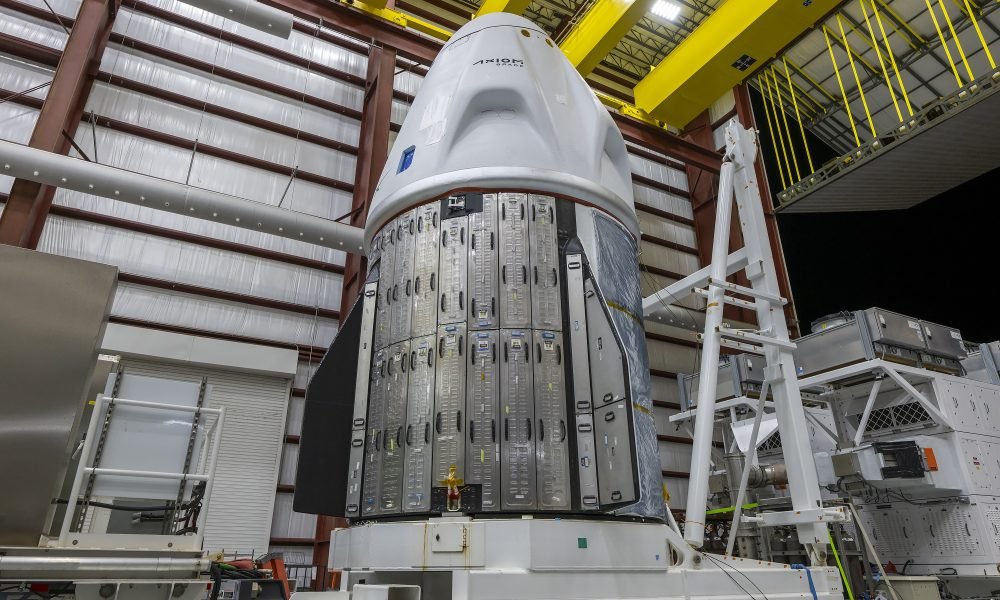Axiom Space’s AX-4 mission, launched on a SpaceX Dragon room vessel, carries a historic international crew to International Space Station (ISS) next Tuesday, June 10 from the NASA Kennedy Space Center in Florida.
SpaceX’s Dragon Capsule was recently photographed preparation for the AX-4 launch. The dragon will dock at ISS on June 11 at.
The AX-4 herd will be led by Commander Peggy Whitson from the United States. It includes Pilot Shubhanshu Shukla from India and Mission Specialists Sławosz Uznański-Wiśniewski from Poland and the European Space Agency and Tibor Kapu from Hungary. This mission marks a historical return to human space for India, Poland and Hungary as each nation sends its first government -backed astronauts of over 40 years.
“With a culturally diverse crew, we not only promote scientific knowledge, but also promote international cooperation. Our previous missions set the scene, and with AX-4 we rise even higher and bring more nations to low-ground and expanded humanity among the stars,” Whitson noted.
The AX-4 mission’s research portfolio will be Axiom’s most comprehensive. It includes 60 scientific studies from 31 countries, including the United States, India, Poland, Hungary, Saudi -Arabia, Brazil, Nigeria, UAE and Europe. These studies will promote knowledge in human research, soil observation, life and biological and material sciences. Key studies include supporting astronauts with insulin-dependent diabetes, examination of the influence of microgravity on the brain and studying cancer growth, especially triple-negative breast cancer. Further research will explore blood stem cells, common health, blood flow and astronaut preparedness using portable devices, iPhone software and AWS Snowcone Analytics.
Axiom Space’s partnerships with research organizations and academic institutions aim to elaborate on the understanding of Spaceflight’s effects on the human body with potential uses for land -based healthcare. The AX-4 mission emphasizes Axiom’s role in redefining access to low land, promoting global cooperation and promoting microgravity research. As SpaceX’s Dragon enables this historical mission, it strengthens the company’s central role in commercial aerospace and scientific discovery.
